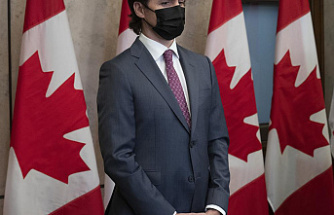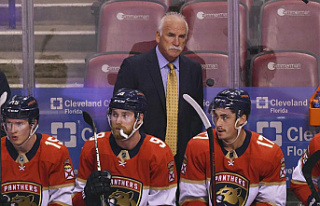The Federal Reserve closely monitors inflation and saw a 4.4% increase in the Federal Reserve's key inflation indicator last month. This is a significant improvement from the previous year. Americans are facing a rising burden due to sharply rising prices. This is partly due to supply shortages. The annual inflation rate has been far higher than the modest 2% that existed before the pandemic recession.
Friday's Commerce Department report showed that September's personal incomes, which fuel spending, fell by 1%. This is the largest decline in four months. As employers struggle to find workers, wages have been increasing in many areas of the job market. However, the national income has been impacted by the end of federal emergency programs.
While the economy is growing, it remains hampered by COVID-19 and persistent supply shortages. The government reported that the economy experienced a sharp slowdown to a 2% annual rate of growth in the July-September period. This is the lowest quarterly expansion rate since the start of the recovery from the pandemic recession last year.
Consumer spending, which accounts for 70% of economic activity, saw an annual growth rate only 1.6% in the July-September quarter. This was a significant drop from the 12% increase in consumer spending during the previous quarter.
Economists are optimistic about a rebound in the current quarter. With confirmed COVID cases falling, vaccination rates increasing, businesses investing, and more Americans going out to spend their money, economists remain optimistic. Many analysts believe that GDP will recover at an annual rate of at least 4 percent this quarter.
Friday's report on consumer spending showed that durable goods like autos were down 0.2% while services spending rose 0.9%. Americans are shifting away from purchasing physical goods, such as autos, and spending more on services. These services include haircuts, airline tickets, and restaurant meals. Sometimes, the shortage of goods due to bottlenecked supply chain issues may have slowed down purchases.
Economists predict that consumer spending will rise as the supply problem eases. Businesses have been able to rely on such spending for their workers' support, but in many cases they are unable to find enough. Employers added only 194,000 jobs in September. This is a second consecutive tepid increase and shows that the pandemic continues to grip the economy. Many companies are struggling to find qualified applicants.
Many of those who lost their jobs due to the pandemic are yet to look for work again. The supply chain bottlenecks have also worsened, slowing factories and restraining homebuilders, as well as emptying some store shelves.









